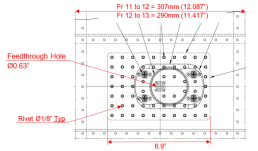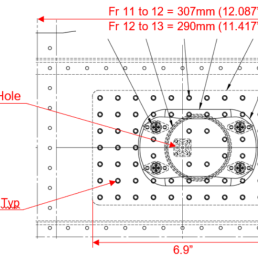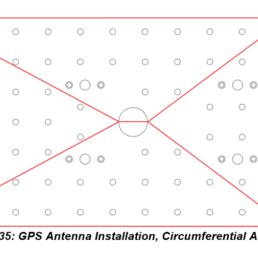Task Objectives - Avionics Upgrade
Airframe Designs was engaged by Tenencia Aerospace Design to assist with the design, development, and certification of an Avionics Upgrade to a number of Dassault Falcon 50 special mission aircraft operated by a an overseas military authority.
From a structural perspective, the most significant aspects of the upgrade involved the installation of low profile GPS and Iridium antennas to the fuselage crown and a small blade antenna on the top of the central engine nacelle.
The objective was to certify the Avionics Upgrade to demonstrate compliance per an elected civilian certification basis of FAR-25 up to Amendment 34 in accordance with the Type Certificate Data Sheet TCDS EASA.A.062.
The compliance demonstration was to be reviewed and approved by the Foreign Military Aviation Authority (MAA).
Returning Original Strength
A common approach when dealing with the removal of material from principal structural elements (PSEs) is to ‘Return Original Strength’ sometimes called the ‘Zero
Margin’ approach.
This approach is also used in the world of structural repairs but is only applicable for static strength substantiation. Fatigue and Damage Tolerance is entirely different story!
The method involves comparing the original repair region x-section (original area) to the modified x-section including the effect of the doubler reinforcement i.e.
Material Strength Analysis
Once the area gained is understood, the stress across the reinforced region is determined by assuming the original pre-modifed structure has a reserve factor of 1 and experiences stress levels up to the material ultimate
strength.
By adding more material (by way of the reinforcing doubler) than is lost (due to the antenna feed through penetrations) the overall stress across the post-modified region is lowered.
Joint Strength Analysis
Once the stress across the modified region has been established, the load being transferred to the repair doubler by the riveted joints can be determined as a function of area gained and modified stress.
The total load can then be shared equally by the number of effective rivets, considering both longitudinal and circumferential loading directions.
Testimonial
(Johannes Hien – Deputy Head of Design)
“Throughout the project, AFD provided valuable support to a complex and challenging upgrade involving our customer,production and maintenance organisations, our US design office, and the responsible Military Aviation Authority. AFD always responded positively and effectively to support requests and their involvement in customer / MAA critical design reviews became essential in closing down queries and clarifying engineering decisions in a satisfactory manner”.










